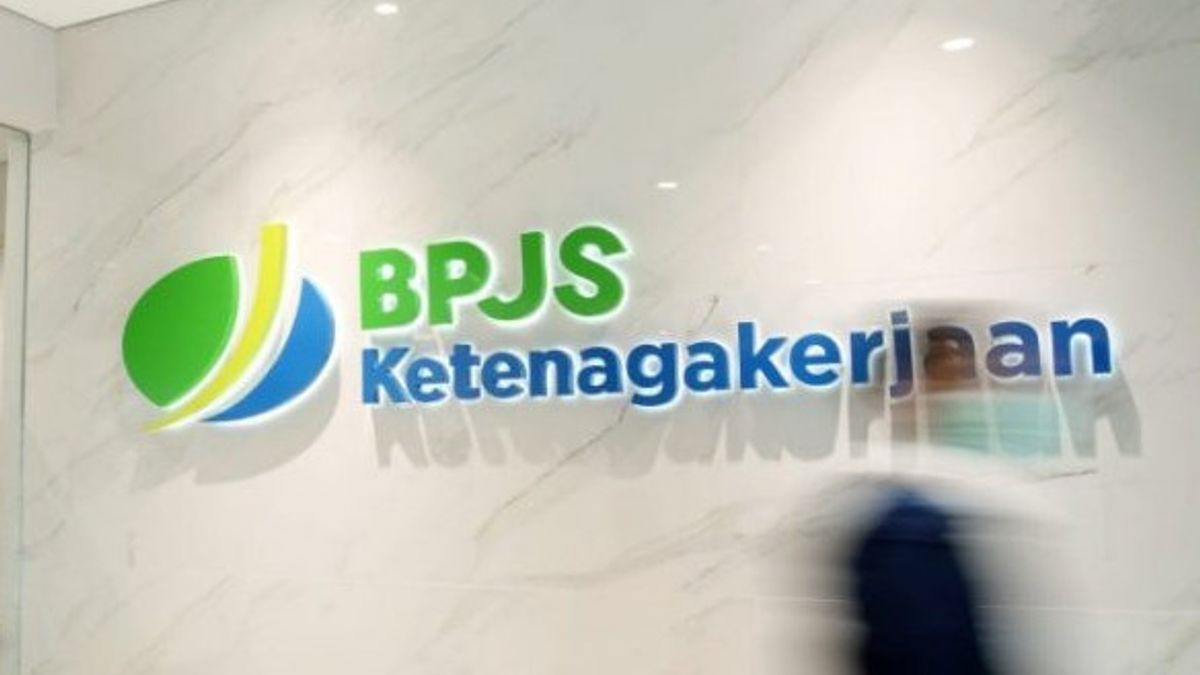JAKARTA - Financial Planner Safir Senduk said the polemic that arose regarding the Old Age Security (JHT) program was more due to the limited public understanding of the JHT concept, as well as the lack of awareness of the importance of financial planning in the future.
Whereas the JHT program run by the Social Security Administering Agency (BPJS) for Employment provides considerable benefits for workers who can strengthen the foundation of people who no longer have income when they enter retirement age.
"JHT is one of the social programs that provides protection to workers so that under any circumstances the claim disbursement must be made when the community enters old age. Its name is JHT, it guarantees that our old age is safe. Before old age we can take the name JHM (Guarantee). Youth Day)," said Safir Senduk in Jakarta, quoted from Antara, Wednesday, February 16.
Accordingly, according to him, in terms of financial planning, changes to the JHT disbursement scheme prepared by the government through the Minister of Manpower Regulation (Permenaker) No. 2/2022 concerning Procedures and Terms and Conditions for Payment of Old Age Security Benefits is correct.
He explained that the JHT program is different from conventional savings such as bank accounts which can be withdrawn at any time according to customer needs.
Safir also realized that the rejection from the workers was based on the loss of the award he received when he was laid off (PHK) in the middle of his productive age. Moreover, the majority of workers do not have short-term savings that can be accessed in urgent situations.
However, the government has provided a Job Loss Guarantee (JKP) program that can provide protection for workers when they are laid off and function as a social safety net.
"JKP can give claims to workers. With this program there should be no more problems because the benefits provided by the government through this program are quite large," he said.
JHT is a mandatory program for wage recipients with a monthly contribution of 5.7 percent of the wages received. Of this amount, workers pay contributions of 2 percent, while 3.7 percent are paid by the employer or company.
When entering old age, the benefits received by workers from JHT in the form of cash come from the contributions that have been paid while being a participant plus the results of the development of these funds.
According to Safir Senduk, assuming a monthly wage of IDR 5 million per month, the contribution paid for the JHT program is IDR 285,000 per month or IDR 3.42 million per year.
If a worker becomes a JHT participant at the age of 25 and is declared retiring at the age of 56, it means that the worker has paid contributions for 31 years with a total amount of Rp. 106.02 million.
Taking into account the changes in the initial balance each year as well as the returns received after the contributions are invested in various instruments by BPJS Ketenagakerjaan, the benefits obtained by workers in old age based on the calculation of the JHT Calculator reach Rp. 248.55 million.
Meanwhile, investment instruments used as placements of JHT managed funds include Government Securities (SBN) and bank deposits, with average yields in the range of 5 percent-7 percent.
The English, Chinese, Japanese, Arabic, and French versions are automatically generated by the AI. So there may still be inaccuracies in translating, please always see Indonesian as our main language. (system supported by DigitalSiber.id)













